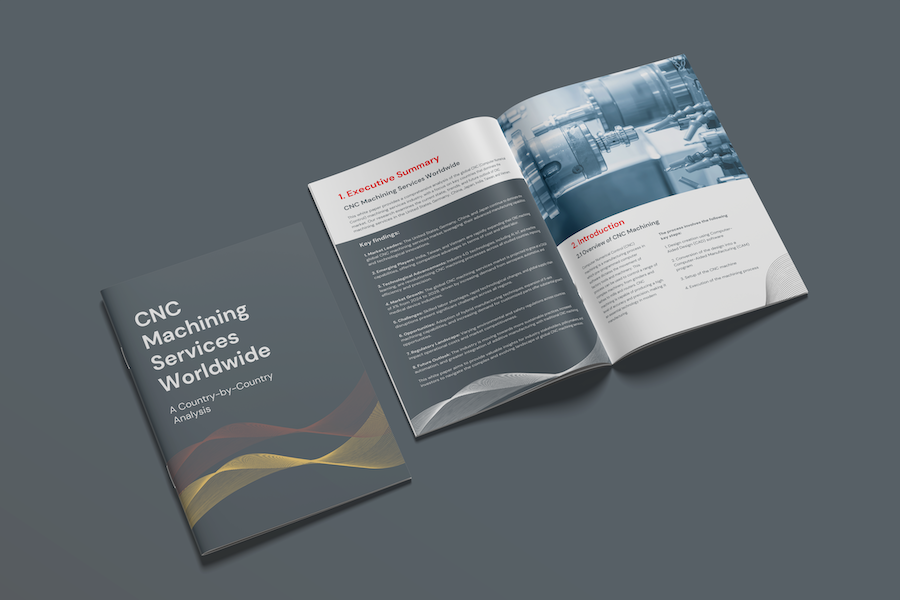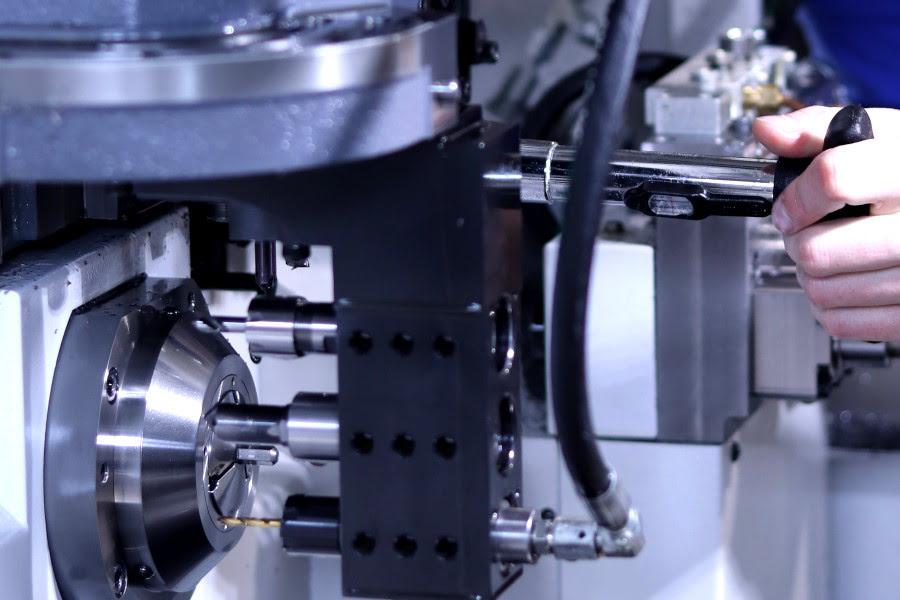Understanding Chinese CNC Suppliers
Brief Introduction to Chinese CNC Manufacturing Industry
China has undergone significant transformations in the last few decades, evolving into a world leader in CNC machining. China Machining has become synonymous with precision and quality, with its capabilities rivaling that of Western markets. The Chinese CNC Manufacturing Industry is an impressive feat, boasting a vibrant and varied machining sector.
Cultural and language barriers often pose challenges in smooth communication with Chinese suppliers. Businesses looking to excel need to have an inherent understanding of these areas. It is here that the role of effective translation in China machining comes to light in bridging gaps.
Cultural Differences affecting communication
Chinese business culture is influenced by their specific societal norms, or ‘guanxi’. Understanding and respecting cultural diversity can strengthen communication. It offers insight which allows businesses to form a solid foundation with Chinese CNC suppliers. Consequently, empowering smoother dealings in China machining.
Language Barriers in Communication
Language barriers tend to hinder accurate relay of ideas and requirements. Thus, a key function in successful supplier relationships is proper understanding and translation in CNC machining sourcing.
Effective Communication Strategies
- Developing Clear and Concise Communication Techniques
Accuracy and clear communication is paramount. Misinterpretations could lead to project mishaps. Hence, clear and concise communication, void of jargon are advisable.
- Building Personal Relationships
The role of ‘guanxi’ in the Chinese business arena can’t be overstated. The onus is on companies to understand, regard, and foster these principles. ‘Guanxi’ invigorates the course of China machining, and proves beneficial in establishing credible networks with a CNC machining parts factory partner.
- Strategic Use of Technology
Communication technology is here to stay. So, it would be strategically wise to leverage it for China machining alliances. Applications like WeChat have proved instrumental in strengthening business liaisons.
- Regular Follow-ups
This ensures that all agreements are clear, unambiguous, and mutually agreed upon. It is instrumental in early detection of misinterpretations and avoiding unnecessary delays. The importance of follow up cannot be overemphasized.
- Verifying and Validating Information
Information verification is a necessity. It helps to steer clear of misunderstandings and errors. The practice of verifying and authenticating data should be a part of any China machining business protocol.
- Patience and Persistence
Understanding that progress takes time encourages patience and persistence with suppliers and this respect, can create lucrative opportunities in China machining endeavors.
The importance of effective communication in the establishment of successful supplier relationships is universally acknowledged. Hence, employ tact, patience, and enlist the services of reputable translation services for China machining projects. This will ensure a seamless business journey into the world of CNC machining.

Download this comprehensive ebook on CNC machining services around the globe.
- comparative analysis
- market players
- technology advancement
- challenges
- opportunities
And it is absolutely FREE!
Most Effective Communication Strategies with Chinese CNC Suppliers
- Clear and Detailed Specifications
- Provide comprehensive technical drawings, material specifications, and tolerances.
- Ensure all information is translated accurately to avoid misunderstandings, using international standards where possible.
- Use of Bilingual Communication
- Hire translators or work with bilingual staff to ensure smooth communication between both parties.
- Avoid relying solely on machine translations, as technical terms may not always be accurately conveyed.
- Regular and Proactive Communication
- Establish regular communication schedules to monitor project progress and address potential issues early.
- Use video calls, emails, and messaging apps to maintain frequent updates, ensuring alignment on project milestones.
- Avoiding Ambiguity
- Be explicit in your requirements and avoid vague language that can lead to misinterpretations.
- Break down complex instructions into smaller, clear tasks, and confirm understanding through follow-up questions.
- Setting Realistic Expectations
- Set achievable deadlines and avoid making last-minute changes that could strain the relationship.
- Discuss lead times, production capabilities, and flexibility upfront to prevent misaligned expectations.
- Establishing Contracts and Agreements
- Create detailed contracts outlining terms, conditions, quality expectations, and penalties for non-compliance.
- Ensure that both parties have a clear understanding of the agreement to avoid disputes later.
- Leveraging Local Representatives
- Consider hiring a local representative or agent who understands both cultures and can bridge communication gaps.
- Having someone on the ground in China can facilitate faster problem-solving and better coordination.
- Requesting Samples and Prototypes
- Ask for prototypes or samples early in the process to confirm that the supplier understands your requirements.
- Use these samples to assess quality and ensure specifications are met before full production.
- Understanding Time Zones
- Be mindful of time zone differences and plan communication accordingly.
- Set overlapping hours for real-time discussions and schedule meetings at mutually convenient times.
These communication strategies aim to improve collaboration, minimize misunderstandings, and build strong, long-term partnerships with Chinese CNC suppliers.
How to Collaborate with Chinese CNC Suppliers for Bridging the Gap
This is not just about China machining outsourcing, it’s about fostering global relationships, demonstrating respect, and building intercultural dialogue. It’s a collaborative effort towards success in China machining. That’s the real win here. This is where the invisible ‘them’ becomes a more visible and relatable ‘us’.
Chapter 1: Identifying the Need
Once, an experienced American purchasing manager, a specialist in faucet, shower head, and drinking fountain brands, discovered an opportunity for sourcing these products from abroad. Specifically, Asian countries offered attractive options, with China exhibiting massive potential in its machining capacity.
Known for their ability to meet high-volume demands at competitive prices, several China machining providers had piqued his interest. He had heard tales of their impressive manufacturing processes, yet like others, he was weary of the communication challenges that might lie ahead.
Chapter 2: Venturing into the China Machining Landscape
With a need identified, the manager embarked on his journey to explore China machining providers. He reached out to potential suppliers, eagerly observing their responses. His goal? To understand their commitment to quality, their adaptability, and their level of customer service.
Yet, as he delved deeper, he perceived a communication gap. The clarity in conveying specifications, delivering feedback, and understanding the provider’s perspective seemed to be hindered due to language barriers, time zone differences, and cultural nuances.
Chapter 3: Leveraging Effective Communication Strategies
Bridging the Language Gap
Communication was a key challenge. The manager was dealing with suppliers whose first language was not English. He realized that language precision was vital for China machining providers to deliver on his exact specifications and quality expectations.
Dealing with Time Zone Differences
The manager was also confronted with time zone disparities when dealing with China machining providers. Prompt replies weren’t always possible due to differences in work hours. Therefore, setting clear expectations about response times and establishing regular communication times were essential steps.
Cultural Nuances
Finally, understanding the importance of cultural nuances in China machining practices was critical. He approached this by educating himself on Chinese business etiquette and culture. This enabled him to build respectful and beneficial relationships with China machining suppliers.
Chapter 4: Reaping the Rewards
Despite initially daunting challenges, the American purchasing manager successfully tapped into China machining potential. By implementing effective communication strategies, he built strong relationships with reliable suppliers.
He could now source high-quality faucet, shower head, and drinking fountain products at competitive prices. His story is a testament to the untapped opportunity that lies in China machining, waiting to be harnessed by those brave enough to take the leap, despite communication barriers.
Chapter 5: The Takeaway
This story is more than just a tale of successful procurement. It demonstrates the power of effective communication in bridging the gap with China machining suppliers. It underscores the need to understand their language, work around time zone differences, and appreciate cultural nuances.
The journey of this purchasing manager, though challenging, was ultimately rewarding. His story is a testament to the benefits that can be unlocked when looking beyond domestic markets and exploring opportunities in China machining.
Conclusion
In conclusion, understanding these key ingredients could be the stepping stone for a successful partnership in China machining. Remember to take time out to understand the Chinese supplier’s culture, be clear and concise in communication, and always verify information. Implementing these steps can lead to a prosperous alliance.
Reference
1. CNC Machining Services in China: Your Ultimate Guide
2. How to Select the Best CNC Machining Services in China?
3. CNC Machining in China: a Comprehensive Guide




